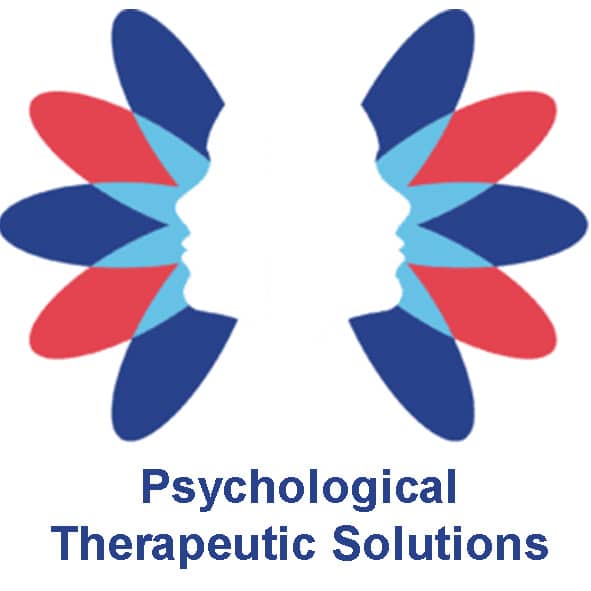PTSD C-CPTSD and ADHD
Understanding the similarities and differences between post-traumatic stress disorder (PTSD), complex post-traumatic stress disorder (C-PTSD), and attention-deficit/hyperactivity disorder (ADHD) is crucial for clinicians for several reasons:
Accurate Diagnosis:
PTSD: Typically arises from a single traumatic event and is characterised by symptoms like flashbacks, nightmares, and hypervigilance.
C-PTSD: Results from prolonged and repeated trauma, often interpersonal in nature. It includes additional symptoms such as emotional dysregulation, disturbances in self-identity, and difficulties in forming relationships.
ADHD: A neurodevelopmental disorder characterised by persistent patterns of inattention, hyperactivity, and impulsivity.
Clinicians need to accurately differentiate between these disorders to provide appropriate treatment and support.
Tailored Treatment Approaches:
PTSD: Evidence-based treatments like eye movement desensitisation and reprocessing (EMDR) or third wave CBT perspectives like Acceptance and Commitment Therapy nd medication may be employed if associated symptoms are so severe, they impact on the person’s ability to engage in everyday life tasks.
C-PTSD: Therapy may involve addressing interpersonal difficulties, emotional regulation, and building a cohesive self-identity. Traditional PTSD treatments may also be utilised.
ADHD: Behavioural interventions, psychoeducation, and medication (e.g., stimulants or non-stimulants) are common approaches.
Understanding the nuances of each disorder helps clinicians tailor interventions to address specific symptoms and challenges.
Preventing Misdiagnosis:
Overlap in Symptoms: There can be overlap in symptoms, such as difficulties with concentration and attention in both PTSD and ADHD. However, the underlying causes and treatment approaches differ.
Trauma History in ADHD: Individuals with ADHD may have experienced trauma, leading to symptoms that resemble PTSD. Clinicians need to distinguish between primary ADHD and secondary trauma-related symptoms.
Misdiagnosis can lead to ineffective treatment and unnecessary distress for the individual.
Comorbidity Considerations:
PTSD and ADHD: Comorbidity is not uncommon. Understanding the coexistence of these conditions is essential for a comprehensive treatment plan.
C-PTSD and ADHD: Similar challenges in attention and concentration may be present, complicating the clinical picture. Identifying and addressing both sets of symptoms is crucial.
Treating comorbid conditions requires a nuanced and integrated approach.
The Window of Tolerance and overlaps Trauma/ADHD
Our window of tolerance is a way of conceptualising our bandwidth or capacity to tolerate intense emotions. Specifically, looking at the sympathetic end and bored, numb, or low feelings at the parasympathetic end.
The window of tolerance is the zone where intense emotions and stress can be adapted to and processed in healthy ways. When in this window of tolerance, you can react to stress, anxiety, and intense emotions effectively. When you have a large window of tolerance, it means you have a great deal of capacity to deal with stress which allows you to respond to the demands and stress of everyday life without too much strain.

















